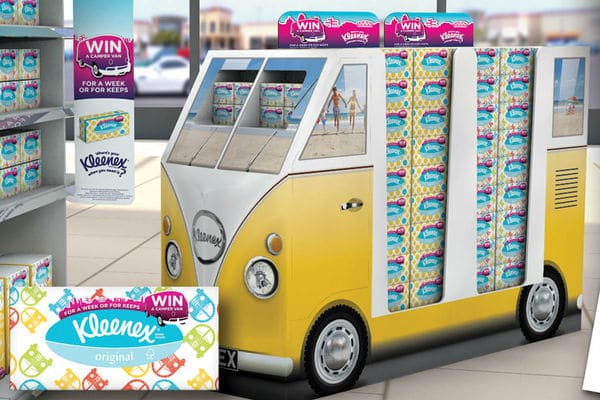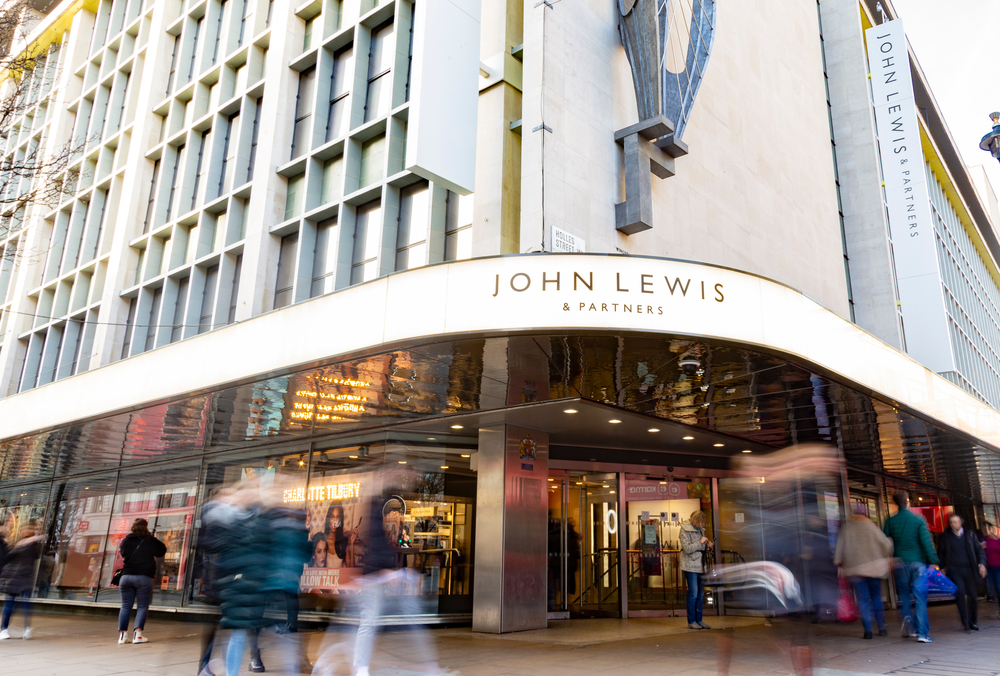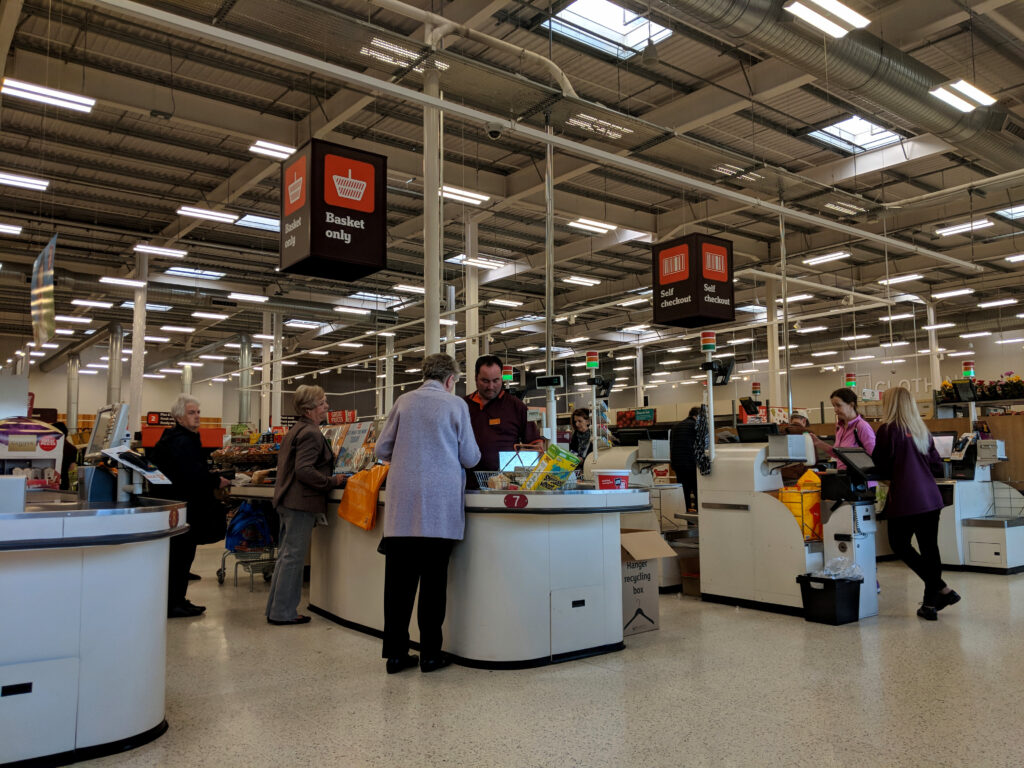July‘s temperature surge brought the UK to something of a standstill. From transport carnage to squeezed medical facilities, businesses and services across the country struggled through the unexpected heatwave.
Back in June, while the weather was uncharacteristically dreary, the story was the same. High street spending fell by 0.9 per cent as retailers failed to respond to summer‘s late arrival. This was the industry‘s sharpest drop in six months.
The unpredictable temperament of British weather shouldn‘t put brands and retailers off trying to plan around it, though. Instead, clever companies can boost their sales when the weather suddenly turns.
For instance, John Lewis saw significant category sales shifts thanks to weather shocks last year. July‘s mini-heatwave helped John Lewis increase fan sales by 1300 per cent compared to the previous year, while sales of items like alfresco tableware and sunglasses also peaked.
As autumn came unusually early, the retailer increased filled duvet sales by 66 per cent year-on-year, and glove purchases more than trebled.
Despite the evidence in favour of reactive tactics, brands and retailers are often too predictable with seasonal marketing, pushing variations of the same products, campaigns and in-store activations whatever the weather.
So what should they be doing to make the most of weather shocks and get into the baskets of shoppers?
Know what the forecast means
Businesses need to really understand how weather impacts their sales on a day-to-day basis.
An honest assessment of where the brand and different products sit within the calendar for consumers, and the purchase peaks and troughs, will generate a realistic roadmap.
Only then should marketers look to explore exciting new opportunities and work out where improvements could be made.
Click here to sign up to Retail Gazette’s free daily email newsletter
Be able to think on your feet
A strategic roadmap provides the basis of marketing activity, but companies need to be aligned and agile right across the board to react to seasonal shifts.
To do so, they need to think broadly, creatively and realistically about the different opportunities that might arise and how they could action them in real life scenarios.
This includes ensuring the tools and mechanisms are in place to be able to react quickly, and employees are properly prepared. If John Lewis hadn‘t been ready to meet the sudden demand for duvets from supply chain to store, it wouldn‘t have been able to satisfy its shoppers‘ needs.
Shake up the strategy
Brands hold themselves back by applying the same old seasonal strategies informed by what they already know about themselves. Thinking more abstractly will allow them to seize opportunities in unexpected ways.
Kleenex, for instance, experiences peak sales in the winter months as colds and flu become much more common. In order to drive out-of-season sales, Kleenex ran in-store activation campaigns across 400 UK locations with a VW camper van (see image above) to remind customers of the summer moments when they might need Kleenex, from spilt drinks to sandy feet.
The campaign produced an 8.6 per cent uplift in sales, showing how effective surprising weather tactics can be on the bottom line.
Explore new technology
As digital leads retail through its greatest period of disruption since the Industrial Revolution, there‘s never been a better time to get inventive. Taking an exploratory approach to new tech, such as via new insights divisions or partnering with start-ups, will help brands and retailers understand how i
RELATED STORIES


















